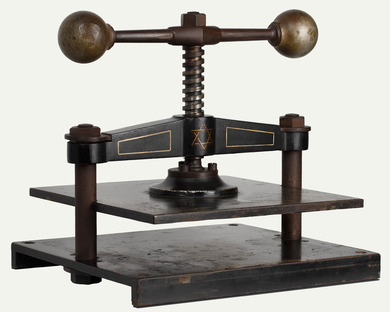Originals and copies
The whole sphere of authenticity is outside technical – and, of course, not only technical – reproducibility.
Walter Benjamin, The Work of Art in the Age of Mechanical Reproduction, 1935
Reproducing a second version of a text that is preferably identical – a copy or duplicate – is an age-old desire in cultures that use the written word. In correspondence, sender and recipient want to access the same document, whether an attestation, contract or certificate. There are very different degrees of authenticity. Some forms focus only on the wording, while others strive to achieve an identical document that comes as close as possible to the original. Procedures for authentication and certification, e.g., by a notary, are among the practices used in societies in which the written word plays a role. And yet, in our digital era, what is original and what a copy? How can we determine the authenticity of a data file, something displayed on a screen or a computer printout?
In his famous work, The Work of Art in the Age of Mechanical Reproduction from 1935, Walter Benjamin names photography in particular as a technical media in art: “Because a multiplicity of identical copies can be developed from an original photographic plate, it makes no sense whatsoever to ask which of these copies is authentic.” In doing so, he describes the dissolution of the old categories of original and copy in the age of reproduction media.

